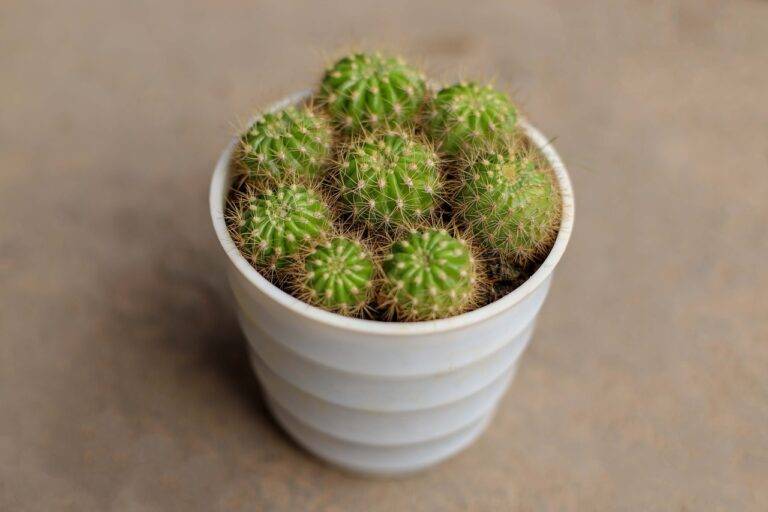DIY Rainwater Collection System: Steps for Sustainable Water Usage
Rainwater collection systems are designed to capture and store rainwater from rooftops or other surfaces for later use. These systems typically consist of a catchment area, gutters or downspouts to direct the water, a storage tank, and a filtration system to ensure the water is clean and safe for use. When it rains, water is collected from the catchment area and channeled through the gutters or downspouts into the storage tank.
Once collected, the rainwater can be used for various purposes such as watering gardens, flushing toilets, or even for laundry or non-potable household needs. By utilizing rainwater in this way, homeowners can reduce their reliance on municipal water sources, conserve water, and lower their water bills. Overall, rainwater collection systems provide a sustainable and eco-friendly way to make the most of natural resources.
Materials Needed for a Rainwater Collection System
To set up a rainwater collection system, certain materials are essential to ensure its efficiency. The primary component needed is a collection surface, such as a roof or a tarp, to capture rainwater effectively. A gutter system is vital to direct the water flow into a downspout connected to a storage tank or barrel.
Additionally, a debris filter is required to prevent leaves and other particles from entering the storage container. A first flush diverter can be installed to funnel the initial polluted rainwater away from the storage unit, ensuring the collected water is clean and ready for various uses. Proper piping and connectors are necessary to facilitate the movement of water from the collection surface to the storage tank efficiently.
How does a rainwater collection system work?
A rainwater collection system collects rainwater from the roof of a building and directs it into a storage tank for later use. The system typically includes gutters, downspouts, a filter to remove debris, and a storage tank.
What materials are needed for a rainwater collection system?
The materials needed for a rainwater collection system include gutters, downspouts, a filter, a storage tank, a pump (if necessary), and a distribution system for using the collected rainwater.
Can I use any type of storage tank for a rainwater collection system?
It is recommended to use a food-grade plastic or metal tank specifically designed for storing water. These tanks are safe for storing potable water and will help prevent contamination.
How do I maintain a rainwater collection system?
Regular maintenance of a rainwater collection system includes cleaning the gutters and filter, checking for leaks or damage, and ensuring that the storage tank is clean and free of debris. It is also important to keep the system properly sealed to prevent contamination.
Is a rainwater collection system cost-effective?
A rainwater collection system can be cost-effective in the long run, as it can help reduce water bills and provide a sustainable source of water for gardening, landscaping, and other non-potable uses. However, the initial cost of installation should be taken into consideration.





